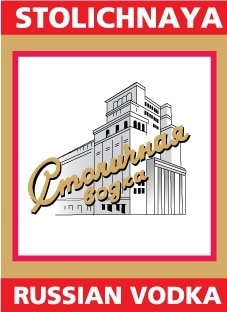 Packaging design must be practical. In the early days at Barefoot Wine, we sold several shipping containers of 1.5 magnums of Sauvignon Blanc to our buyers in Japan. After the pipeline stopped, we found out that the big bottles would not fit in the small Japanese refrigerators! Here are some more practical considerations of good packaging design:
Packaging design must be practical. In the early days at Barefoot Wine, we sold several shipping containers of 1.5 magnums of Sauvignon Blanc to our buyers in Japan. After the pipeline stopped, we found out that the big bottles would not fit in the small Japanese refrigerators! Here are some more practical considerations of good packaging design:
1. Packaging design needs to meet the retailer’s needs.
This is called sale-ready packaging. If it’s going to Costco, for example, the packaging design needs to have special approved signage, packaging and configurations to enable in-store inventory, pricing and merchandising. A whole repackaging industry has sprung up to provide these retailer specific requirements to producers wanting to sell to Costco or other big box stores.
2. Packaging design should consider the shelf.
How tall is the shelf? Stores won’t carry the most wonderful products in the world if they will not fit the shelf height. Appropriate colors for packaging design are also dictated by their destination. In a beauty shop, pink may be appropriate. In a grocery store, however, you may want to use food colors like green and orange. Will the package design be viewed in a store or a computer screen? How far away will it be viewed? Consider the lighting. Is it in a showroom under incandescent lights? Or in a grocery store under fluorescent lighting? Companies who make liqueurs use specially designed bottles to make their products distinctive on the shelf.
3. Now, finally, you can get creative.
Packaging wants to solve the practical challenges first. But once you have, then you can get into such creative aspects as the tactile and visual aspects of the design. Your packaging design should be emotionally pleasing. The more senses you can appeal to, the more chances you have that the prospect will get the message.
People have this idea that they are designing in a world of all possibilities – they’re not. In my experience, the best packaging design is the solution to all the distribution, handling, and retailing challenges, as well as appealing to the end-user. An elegant packaging design is the one that solves a lot of problems all at the same time.
Of course, there’s much more that could be said on this subject. What’s been your experience? Michael Houlihan, co-founder of Barefoot Wine, the largest selling wine brand in the nation, invites you to join the discussion on Packaging Design with your comments, thoughts, and opinions below.



